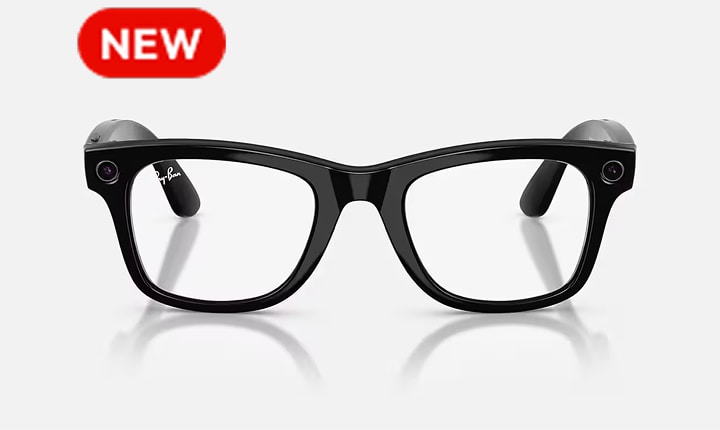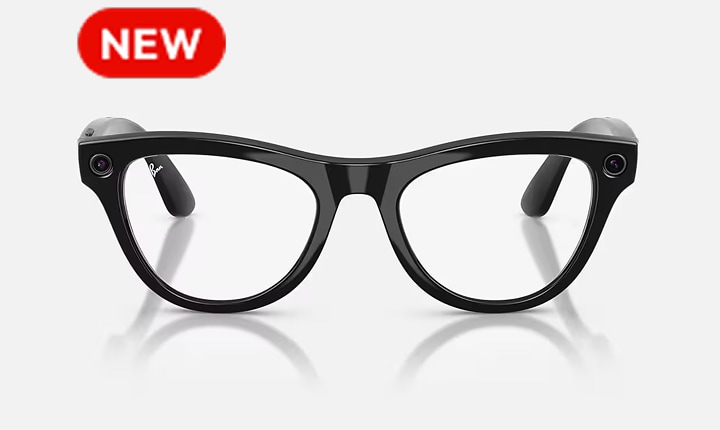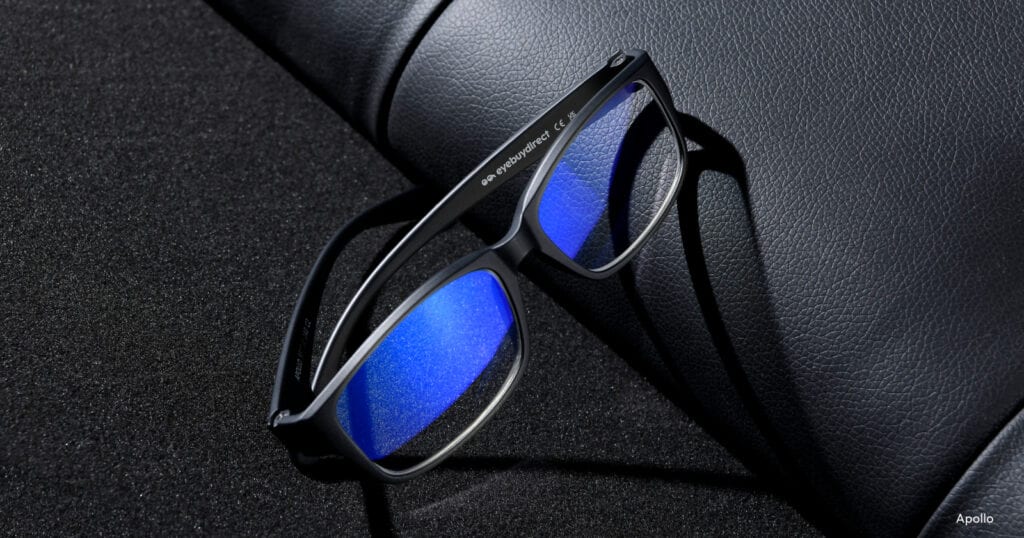Accidents can happen in the blink of an eye, especially when handling common household products like hydrogen peroxide. If you get hydrogen peroxide in your eye, it’s important to act quickly and remain calm.
Hydrogen peroxide is an antiseptic historically used to treat minor cuts, sores, and small wounds, although experts now advise against using it in this way.
It’s also used as a disinfectant in some contact lens cleaning systems. However, peroxide should never come into direct contact with your eyes. If it does, it can cause significant discomfort and lead to other concerning effects.
Read on to learn what to do if you get hydrogen peroxide in your eye and how to flush it properly to protect your vision.
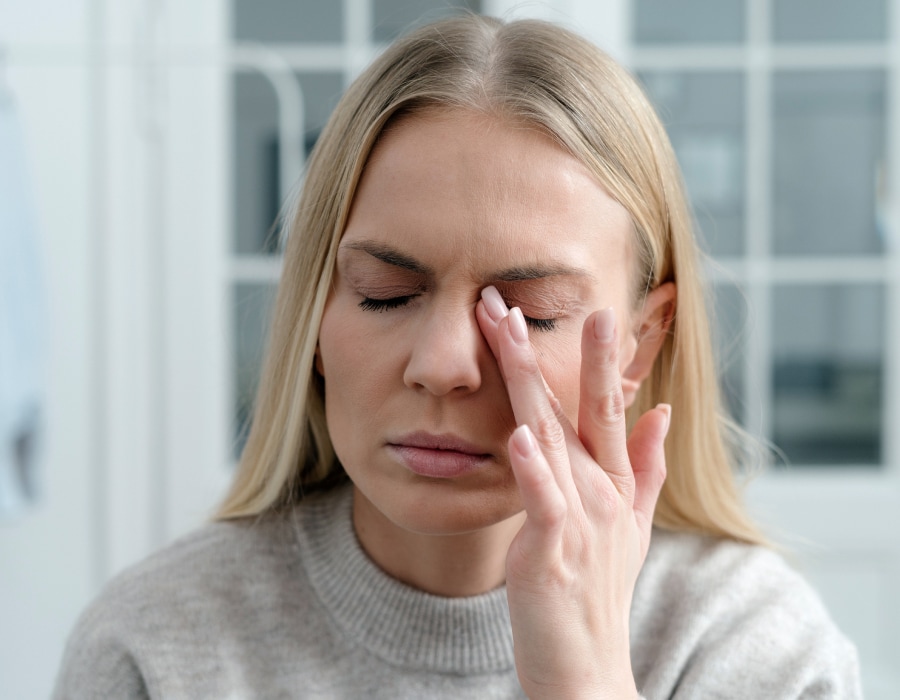
How to Flush Your Eye If You May Have Hydrogen Peroxide in It
When you get something in your eye like peroxide, it’s essential to rinse it out immediately. Although it may be tempting, avoid rubbing your eye, as this could cause additional damage or worsen your symptoms.
Instead, follow these steps to flush the peroxide from your eye:
- Before doing anything, wash your hands thoroughly with soap and water. It’s important to remove any debris, germs, or remaining peroxide from your fingers.
- Flush the affected eye with a gentle but steady stream of lukewarm water or sterile saline solution for 15 minutes or longer. You can also use lubricating eye drops if you don’t have access to clean water or saline.
- Flushing the eye should help remove contact lenses if you are wearing them. If they don’t come out with rinsing, carefully remove your contacts with clean hands.
- After rinsing your eye, contact your eye doctor or health care provider to let them know what happened. They may recommend having an eye exam to check for any potential damage to your eye health or vision.
If you experience redness, burning, or other issues after getting hydrogen peroxide in your eye, Avoid wearing contacts until your eye doctor says it’s safe.
Hydrogen Peroxide in Contact Lens Cleaning Systems
Thanks to its powerful disinfecting properties, hydrogen peroxide can be an effective contact lens cleaner when used correctly. People who are sensitive or allergic to the preservatives in multipurpose contact lens cleaning products may opt for a peroxide-based system instead. However, the hydrogen peroxide in these products must be neutralized before they are safe for your eyes.
The neutralization process breaks hydrogen peroxide down into water and oxygen, rendering it safe for use. Some contact lens cleaning systems have a case with a built-in neutralizer, while others require a special tablet to achieve neutralization. Regardless of the system you use, it’s essential to follow the manufacturer’s instructions and your doctor’s recommendations.
Getting hydrogen peroxide in the eye during the lens cleaning process usually happens when:
- Sufficient time isn’t given for neutralization to occur
- Contacts are rinsed with non-neutralized hydrogen peroxide
Misusing these products could result in discomfort and increase the risk of eye injury or infection. In rare cases, it could potentially lead to vision loss.
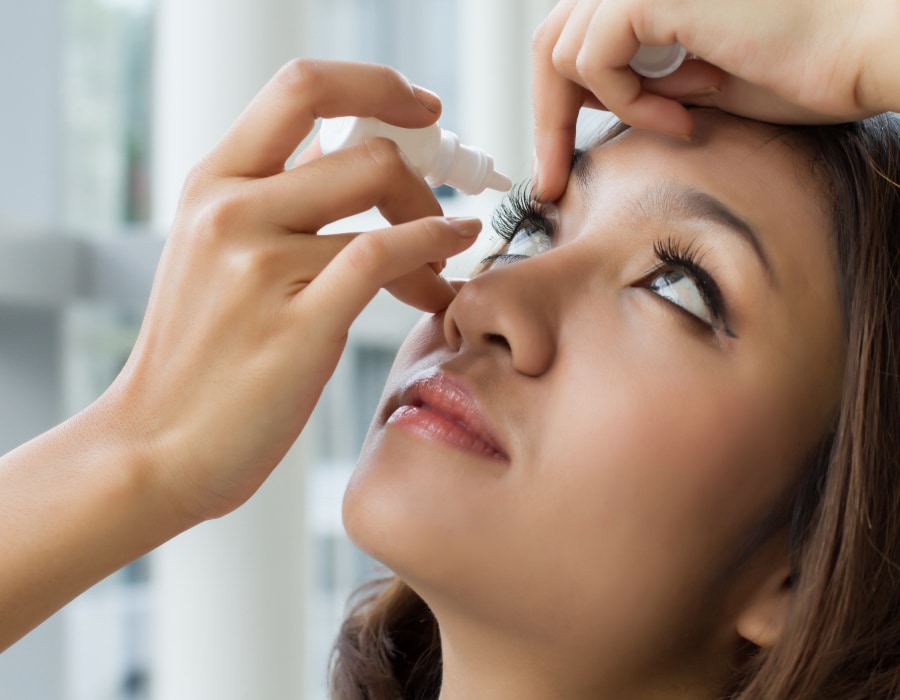
Risks of Getting Hydrogen Peroxide in Your Eye
While the effects of getting hydrogen peroxide in eye tissues are usually temporary, they can cause uncomfortable and/or painful symptoms, such as:
- Burning
- Stinging
- Redness
- Irritation
- Watery eyes
- Blurred vision
- A foreign body sensation
Getting hydrogen peroxide in the eye may also cause temporary corneal damage, including:
- Abrasions (scratches)
- Ulcerations (open sores)
- Chemical burns (in more severe cases)
Without treatment, these injuries could lead to vision loss or blindness. It’s essential to see your eye doctor for any necessary care, especially if you experience ongoing pain or other symptoms.
Healing from Hydrogen Peroxide Eye Exposure
The time it takes for your eye to heal after hydrogen peroxide exposure depends on the amount of damage that occurs. Corneal abrasions typically take a few days to heal, while corneal ulcers may take longer.
It’s important to follow your doctor’s advice to ensure proper healing and protect your eye health.
Preventing Future Incidents
Accidents — like getting hydrogen peroxide in eye tissues — can happen at any time, but you can reduce your risk by taking the following safety precautions:
- Wear safety glasses or goggles and take extra care when handling chemicals like hydrogen peroxide.
- Wash your hands thoroughly after handling peroxide or contact lens cleaning products containing this ingredient.
- Always follow the recommended instructions when using hydrogen peroxide contact cleaning systems.
- Use a new contact lens case each time you open a new bottle of hydrogen peroxide lens cleaner. The old case may not neutralize the peroxide properly.
Remembering these tips can help you prevent similar incidents in the future. Consult your eye care professional to learn more about protecting your eyes and vision.







